Submitted by Aspergillus Administrator on 20 July 2011
Striking new research published over the last couple of months gives hope to everyone with chronic lung disease. The world’s media recently covered the story of a synthetic windpipe made using stem cells from the recipient seeded into an artificial framework which then grew to form a complete replacement organ.
The key to growing new organs is the isolation of stem cells. These are elusive and difficult to purify but it appears that it is possible in human lung tissue and the resultant cells are capable of regenerating lung structures in animal models.
In vitro the isolated cell lines (isolated using the expression of c-kit as a marker for stem cells) proved to be able to self renew, to lack any detected features of differentiation (unlike earlier cell lines), were clonal in origin and had the ability to differentiate into a range of cell types. In this case these stem cells were shown to be able to differentiate into lung cells but not cardiac cells (multipotent).
Chapman puts this paper into the context of our current understanding of how lung tissue is formed during development of the embryo. Formerly it was thought that the mature lung was made up of at least two cell lines from distinct cell lineages. This means it would be impossible to make complete lung tissue from a single cell – at least two different cell lines (mesoderm and epithelial tissue) are needed. This paper suggests otherwise as the injected human stem cells – all derived from a single cell – were able to form all of the types of structures seen in the distal lung and in only 14 days
The fact that these stem cells could be isolated from mature (fully differentiated) distal lung tissue is just as striking. Are these cells actively repairing lung tissue in situ all the time? Can they be ‘persuaded’ to multiply and repair our lungs given the right treatment? As yet we do not know the answer.
In the meantime we should note that experiments have already been successfully carried out which involve stripping all the cells from a set of lungs leaving only a supporting structure in place. That structure has then been repopulated using lung cells, replaced into an animal model and shown to work, albeit for only up to 2 hours. Perhaps here is a hint that if we can do something similar with human lungs, stem cells will be able to do a much better job of regrowing complete lungs.
Time will tell, but something that was science fiction only 5 years ago is starting to look like it has a chance of becoming reality. People who have severely damaged lungs may be able to benefit by regrowing part for new lungs which will be made from their own cells so they will not have to take drugs to combat rejection. Regrowth could conceivably take the form of regrowth alongside their current organs, regenerating them gradually (either by injecting isolated stem cells into the area or perhaps by stimulating existing stem cells), or it could even mean growing tissue outside of the body and transplanting it into the patient. There are interesting times ahead!
News archives
Showing 10 posts of 953 posts found.
-
Title
Date


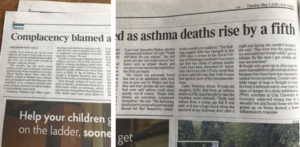

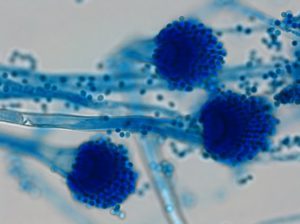
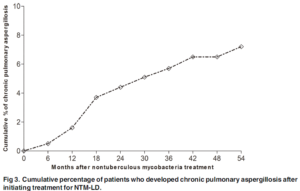
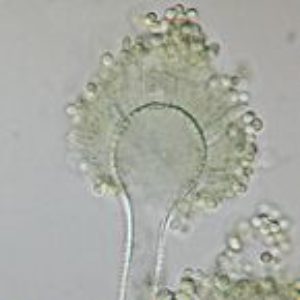
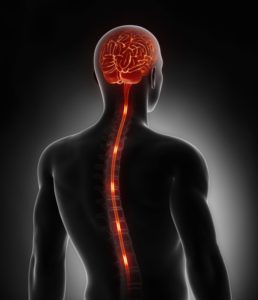

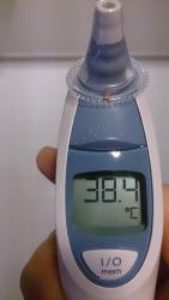
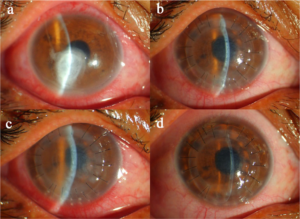
 ,
,  ,
, 